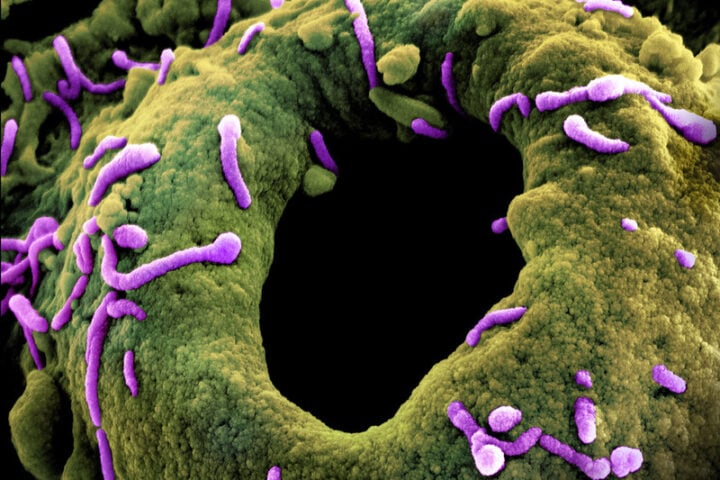In a groundbreaking discovery that reshapes our understanding of Earth’s early climatic history, researchers have identified the world’s oldest known glacial traces in South Africa’s gold fields, buried under the largest gold deposits on the planet. These 2.9 billion-year-old remnants suggest an age of continental ice caps that could potentially redefine Earth’s ancient geography and climatic conditions.
Remnants of an Icy Past: Fossilized Glacial Moraines
Heading this research, Professor Ilya Bindeman from the University of Oregon unveiled the findings that the South African gold fields housed incredibly well-preserved glacial deposits. These deposits are essentially fossilized glacial moraines, the detritus left behind by a glacier’s gradual contraction and melting process. These specific deposits hold the record for being the oldest known moraine deposits, offering an exclusive glance into the ancient Earth’s environment.
Decoding the Clues: Triple Oxygen Isotope Analysis
Through analysis of relative oxygen isotope concentrations in these ancient rocks, the team unearthed climatic evidence consistent with cold weather, lending credence to the presence of glaciers 2.9 billion years ago. They analyzed three different oxygen isotopes—16O, 17O, and 18O—each with subtly distinct weights. The discovery of high concentrations of 17O and low levels of 18O in these rocks strongly indicated formation in icy conditions, effectively confirming the hypothesis of glacial presence.
Polar Region or Snowball Earth: Unearthing the Geographic Mystery
The climatic indications provided by the isotope analysis triggered two prominent theories. One postulates that this region was in proximity to the Earth’s poles, explaining the glacial deposits. The alternative theory surmises an early “snowball Earth” period, a phase of severe cold weather engulfing the planet due to a ‘reverse greenhouse effect’, resulting from low atmospheric concentrations of greenhouse gases, such as carbon dioxide and methane.
Echoes from a Frozen Planet: Implications and Future Directions
Either of the hypotheses, if substantiated, could substantially contribute to scientific understanding of the Earth’s early climate. This research raises the prospect of the earliest known global cooling period. It prompts an exciting direction for further research to resolve this climatic enigma of the past. Professor Axel Hofmann of the University of Johannesburg posits that the transition from a ‘snowball’ to a ‘greenhouse’ condition could have potentially catalyzed the formation of the vast sedimentary gold deposits observed in younger rocks above the glacial remnants. While this speculation necessitates further research for validation, it opens a fresh avenue to understand the interplay of climatic changes and mineral deposition.
Similar Post
A Grand Climatic Puzzle: Unresolved Questions and Future Investigations
While the discoveries create ripples in the scientific world, it’s essential to tread cautiously. As Dr. Andrey Bekker from the University of California, Riverside noted, the extent of this ancient cold climate remains uncertain, and it’s still debatable whether the freezing conditions were global or localized. The triple oxygen isotope analysis has indeed provided a valuable new line of evidence, but the debate continues. In conclusion, this research is a stepping stone toward understanding the Earth’s climatic past, igniting fresh discussions and paving the way for future explorations. As scientists continue to scrutinize the Earth’s past, every piece of information uncovered brings us closer to a more comprehensive understanding of our home planet’s history.

















